Insta360’s Antigravity A1 Drone Lands Itself to Stop Payload Abuse – DJI’s Missed Shot Exposed

Amazon Drone Deals: DJI Mini 5 Pro Fly More Combo with DJI RC2 now for $1,099!
Picture a drone that says “nope” to weapons and grounds itself – Antigravity’s A1 just launched, throwing shade at DJI while the world watches Ukraine’s skies.
Antigravity, incubated by Insta360, officially introduced its A1 drone today, equipped with an automatic landing system that activates upon detecting any unauthorized payload, positioning it as a tool strictly for civilian flight. This feature addresses escalating concerns over consumer drones being adapted for military purposes, as evidenced in ongoing conflicts like the Russia-Ukraine war. The promotion video from Antigravity details this innovation, emphasizing safety and ethical use in the drone community.
Innovative Payload Detection in the A1 Drone
The A1’s payload detection system uses sensors to monitor for extra weight or attachments in real time, forcing an immediate landing if anomalies arise. As described in the video, “The payload detection system triggers immediate landing if extra payload is detected.” Antigravity reinforces this with the tagline “Born to fly. Not to carry,” highlighting a design philosophy centered on aerial enjoyment rather than transport capabilities.
This slogan carries deeper connotations, particularly in the U.S. context where “carry” often refers to bearing arms, such as carrying a gun. Thus, “Born to fly. Not to carry” serves as a direct reference to preventing the drone from being used to transport any kind of weapon, aligning with broader efforts to curb drone militarization.
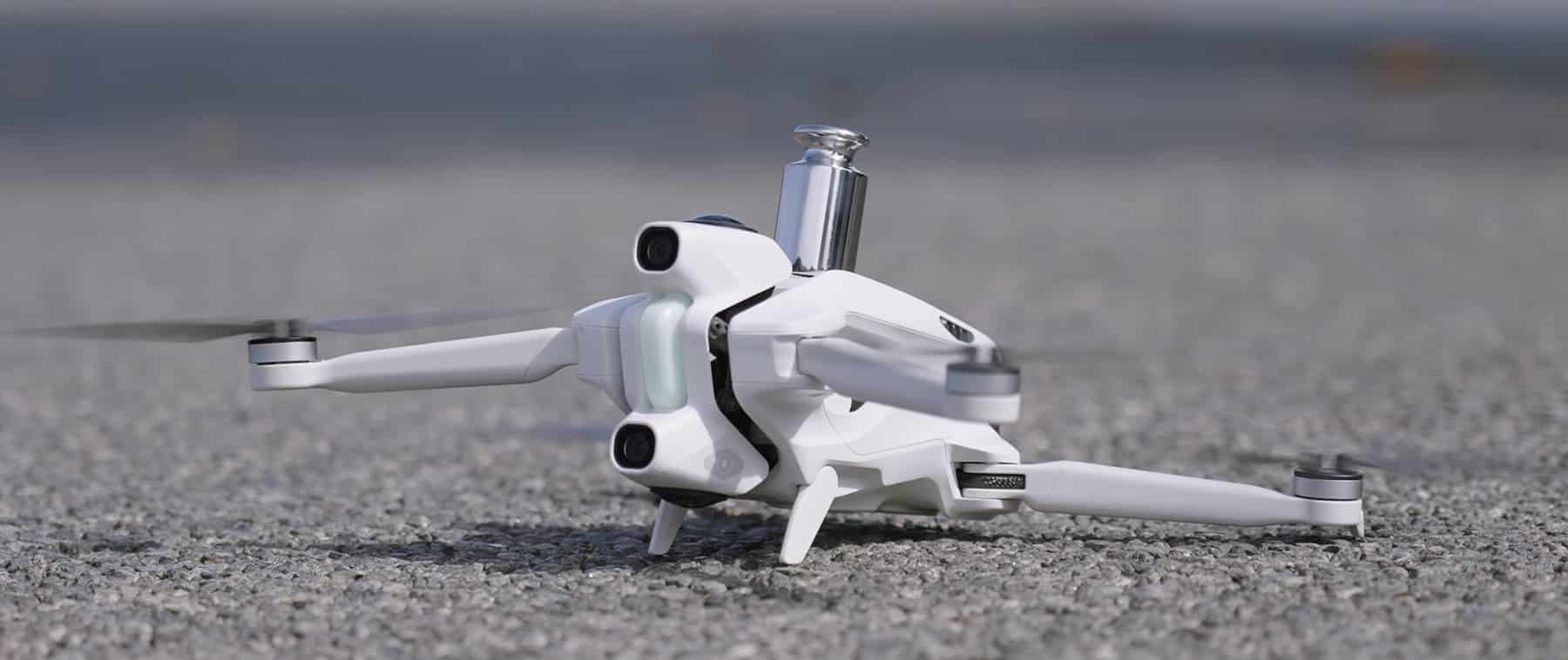
Technically, the system likely integrates accelerometers, gyroscopes, and software algorithms to compare flight dynamics against a no-payload baseline. Users benefit from enhanced stability—preventing mid-air imbalances that drain batteries faster or cause crashes. At roughly 1-2 pounds (0.45-0.9 kg) typical for such drones, even small additions like 0.5 pounds (0.23 kg) could trigger the safeguard, promoting safer operations. Weighing just 249 grams (about 8.8 ounces), the A1 complies with sub-250g regulations in many countries, avoiding registration requirements for recreational use and making it accessible for beginners. This lightweight design, combined with its 8K 360-degree capture via dual lenses, allows for immersive footage where the drone itself becomes invisible through advanced stitching, enhancing creative possibilities without the need for external attachments.
The A1 also features intuitive controls, including a Grip controller for point-to-fly operation and Vision goggles for head-tracked 360-degree views, decoupling viewing from flight direction. This setup enables pilots to explore scenes dynamically, reframing shots post-flight for effects like Tiny Planet or horizon flips, appealing to content creators and families alike. Safety extends to return-to-home functionality, ensuring reliable operation in varied environments.
DJI’s Stance and Actions on Military Use: A Comparative View
While Antigravity proactively embeds anti-payload tech to deter weaponization—explicitly designed to prevent the drone from being used as a flying bomb—DJI, the market leader, has relied on policy statements and sales restrictions to deter combat applications.
DJI has consistently affirmed that its products are for non-military purposes. For instance, the company states, “DJI has only ever made products for civilian use; they are not designed for military applications.” In another declaration, DJI asserts, “We have never designed or manufactured military-grade equipment; we have never marketed or sold our products for combat use in any country.” Additionally, “All DJI products are designed for civilian purposes and cannot meet the requirements of military specifications.“

DJI took concrete steps amid the Russia-Ukraine conflict by suspending direct business in both countries. On April 26, 2022, DJI announced, “Pending the current review, DJI will temporarily suspend all business activities in Russia and Ukraine.” This voluntary halt aimed to prevent product misuse in combat, with the company later confirming it “voluntarily suspended all sales to and business in both Russia and Ukraine as of April 26, 2022.“
Despite these measures, reports indicate DJI drones, including civilian models like the DJI Mavic 3, have appeared on battlefields, often modified by users to carry grenades and other explosives. While particularly the DJI Mavic 3 appears to have been very popular, it is important to point out that not all conflict drones are DJI’s—many involve custom or other brands—but their prevalence underscores challenges in enforcement.

Recent developments, such as China’s export restrictions on drone components in 2023 and beyond, have further limited supplies, exacerbating shortages for Ukrainian forces relying on Mavic models for reconnaissance. This raises questions about why DJI did not incorporate features like Antigravity’s in popular lines, though enterprise models do support payloads differently, and software hacks remain a potential workaround. Antigravity’s approach, with its explicit anti-weapon stance echoed in the “Born to fly. Not to carry” messaging, contrasts by baking in physical deterrents from the outset, potentially setting a new benchmark for ethical drone design.
Evolving Industry Standards and User Impacts
Antigravity’s A1 could set a precedent, prompting regulators to mandate similar features amid U.S. bans on certain imports for security reasons.
Operationally, such innovations balance creativity with responsibility; search-and-rescue ops could adapt modular designs safely. However, over-restriction might hinder versatility, sparking debate on innovation versus security. DJI’s actions show compliance, yet hardware integration like the A1’s offers a more robust barrier. This evolution invites drone enthusiasts and professionals to prioritize ethical tools, ensuring the skies remain open for peaceful pursuits.
While features like the Antigravity A1’s auto-payload detection enhance overall safety by preventing misuse, they could have unintended consequences for legitimate civilian applications. For instance, drone users have successfully employed DJI models with payload systems to drop bait farther offshore for fishing, attach walkie-talkies to aid in search and rescue missions, or even mount Petri dishes to collect mucus samples from whales for scientific research.
What do you think—does the added security outweigh potential limitations for creative or beneficial uses? Should DJI have done more to prevent the misuse of their popular DJI Mavic series on the battlefield in Ukraine? Share your opinions and experiences in the comments below!
Discover more from DroneXL.co
Subscribe to get the latest posts sent to your email.
Check out our Classic Line of T-Shirts, Polos, Hoodies and more in our new store today!

MAKE YOUR VOICE HEARD
Proposed legislation threatens your ability to use drones for fun, work, and safety. The Drone Advocacy Alliance is fighting to ensure your voice is heard in these critical policy discussions.Join us and tell your elected officials to protect your right to fly.
Get your Part 107 Certificate
Pass the Part 107 test and take to the skies with the Pilot Institute. We have helped thousands of people become airplane and commercial drone pilots. Our courses are designed by industry experts to help you pass FAA tests and achieve your dreams.

Copyright © DroneXL.co 2025. All rights reserved. The content, images, and intellectual property on this website are protected by copyright law. Reproduction or distribution of any material without prior written permission from DroneXL.co is strictly prohibited. For permissions and inquiries, please contact us first. DroneXL.co is a proud partner of the Drone Advocacy Alliance. Be sure to check out DroneXL's sister site, EVXL.co, for all the latest news on electric vehicles.
FTC: DroneXL.co is an Amazon Associate and uses affiliate links that can generate income from qualifying purchases. We do not sell, share, rent out, or spam your email.





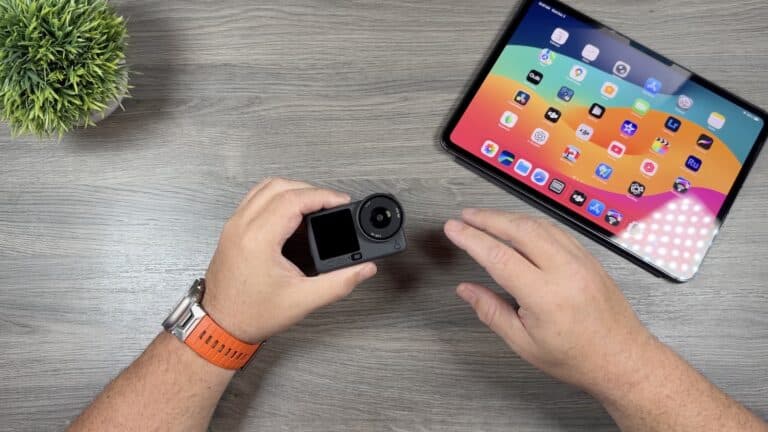
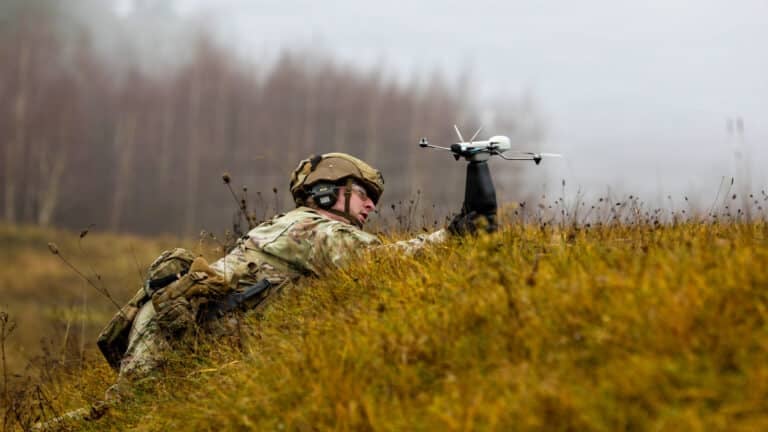


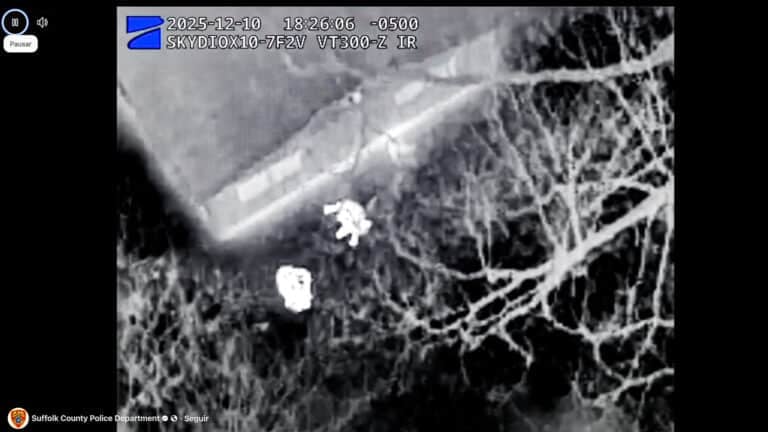

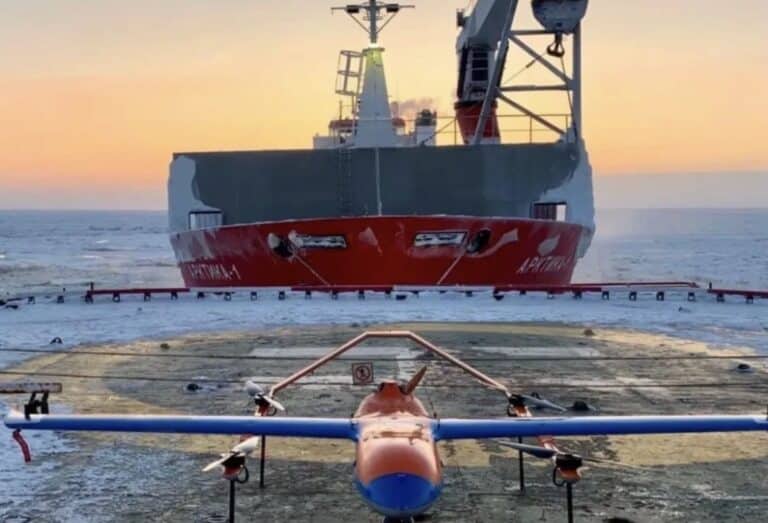

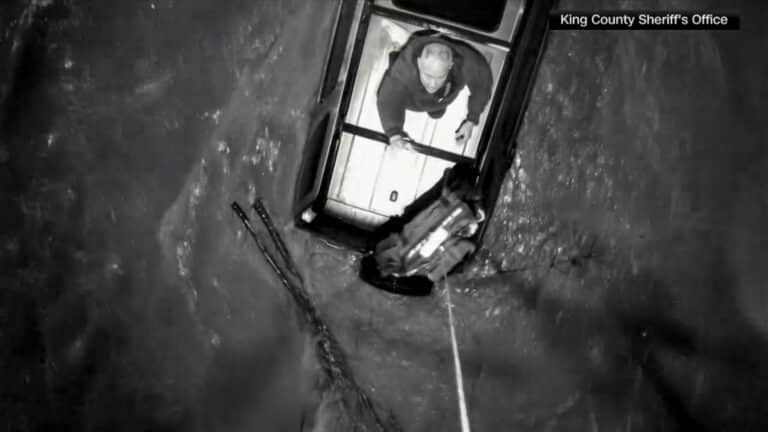
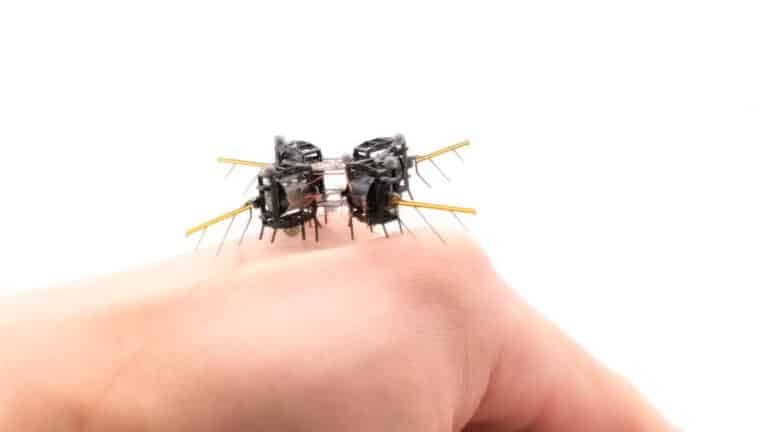

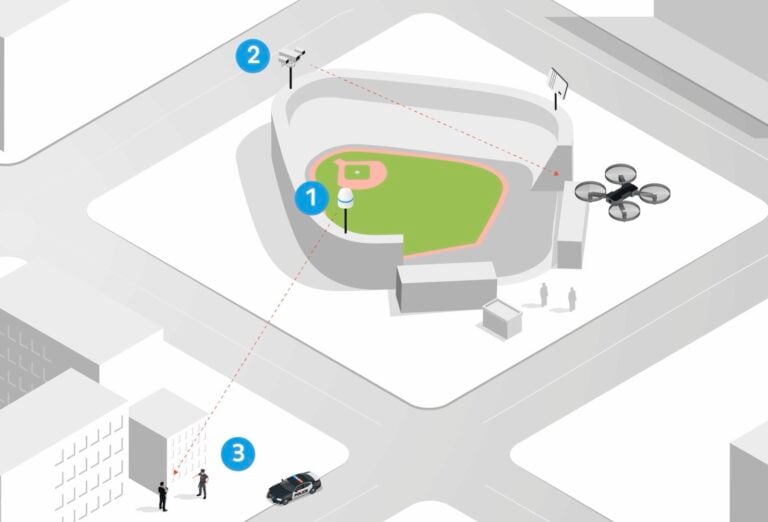

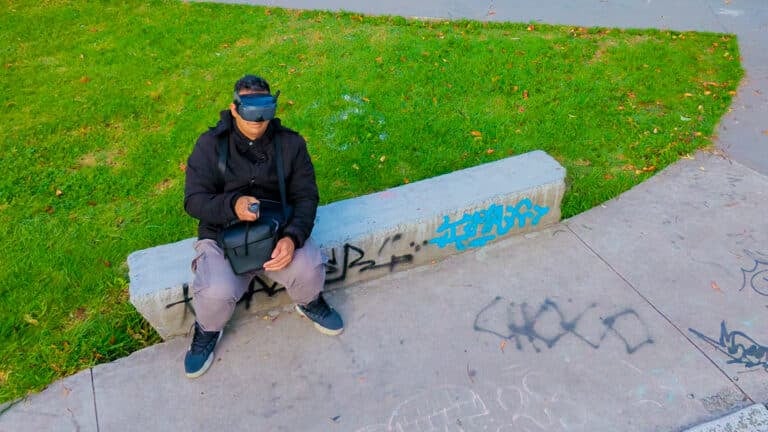
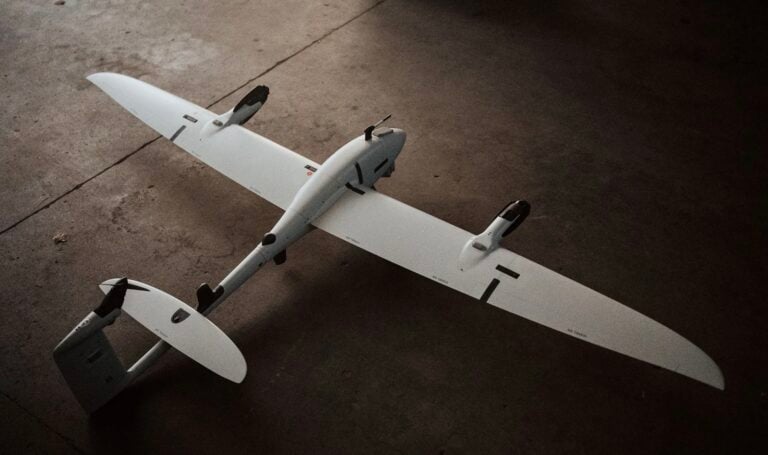
This payload restriction is a main reason I may pass. I had a Mini 3 and if there was payload… just prop guards… it wouldn’t fly high or far. Not the limits I want in a drone.
At the start of war Ukraine was using anything they could get their hands on, even toy grade drones, they didn’t know what they were doing yet.
They learned it’s cheaper and actually better to build a drone for the application you need. And something like a DJI could be detrimental to their operations.
I think most consumers would find this feature lame, I’m not buying one.